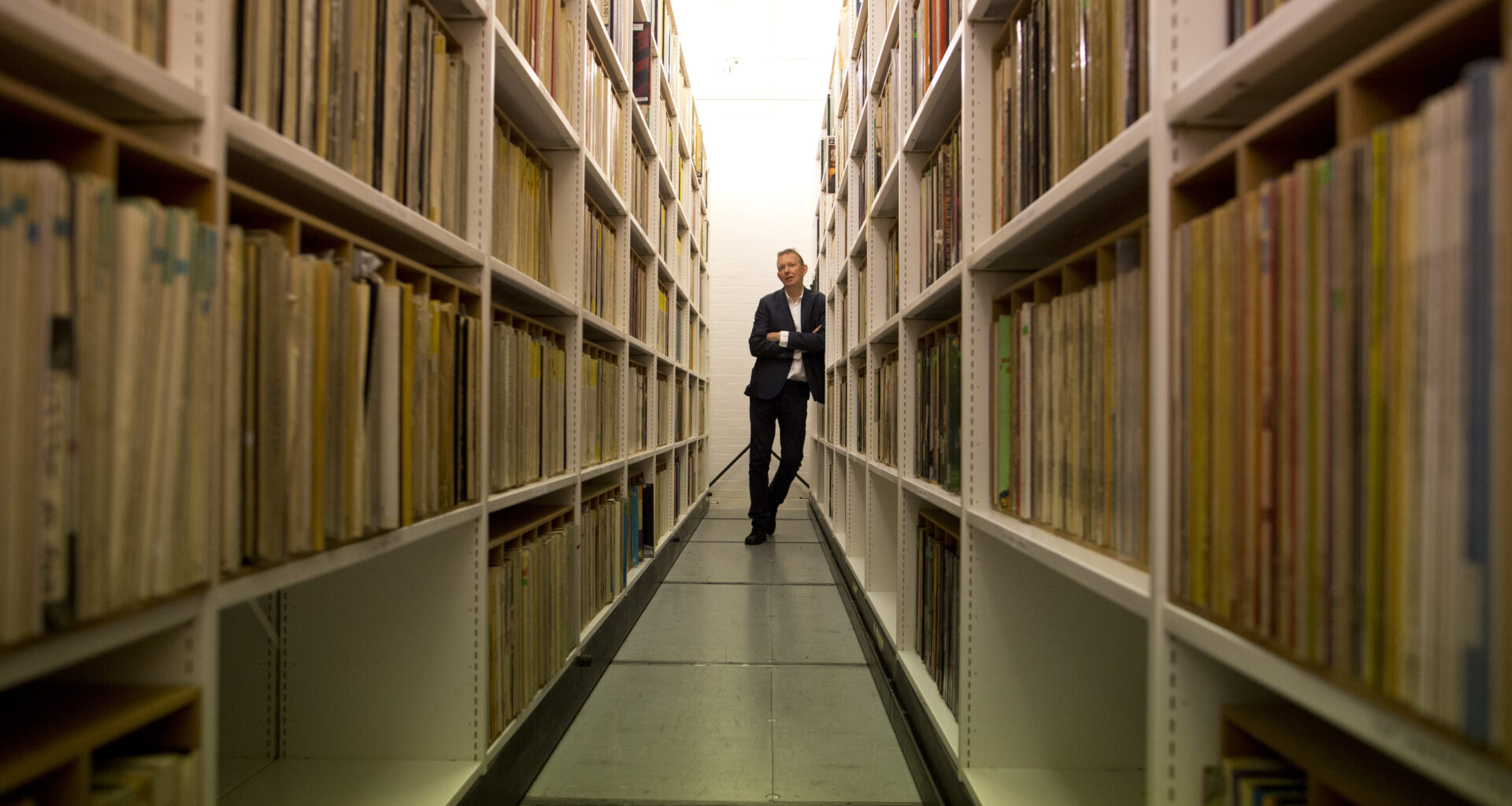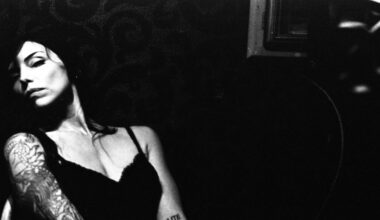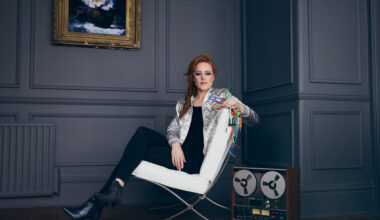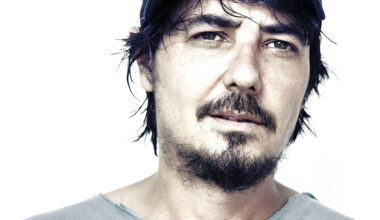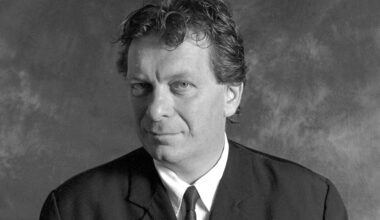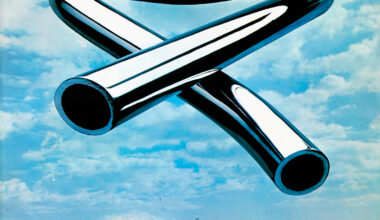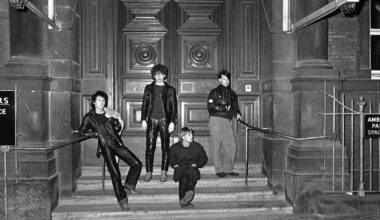As the British Library sound archive launches a multi-million pound project to save the nation’s sounds, we take a guided tour of their ever-growing collection to get an idea of the task ahead
There’s libraries and there’s The British Library. Its Grade I-listed building at 96 Euston Road, built on the site of derelict St Pancras goods yard and opened by The Queen in June 1998, was the largest public building constructed in the UK during the 20th century, and no wonder when you realise what it houses.
Before we get started though, let’s step through an unassuming door on the first floor and into The Sir John Ritblat Treasures Of The British Library Gallery. Right in front of your eyes are handwritten Beatles lyrics, Da Vinci’s notebooks, Handel’s ‘Messiah’ in the composer’s own hand. There’s ornate Buddhist and Hindu texts, scientific and literary works from Charles Darwin to Charles Dickens. The Magna Carta? Got its own room. Just wander in off the street and there it is. For free.
And this is just the tiniest snapshot of a truly mind-blowing collection. As the UK’s national library, it is entitled to receive a copy of every publication produced in the UK and Ireland and its wider collection is in excess of 150 million items, including manuscripts, maps, newspapers, magazines, prints, drawings, music scores, patents and stamps. Head not spinning enough? What we’re here to see isn’t open to the public, but lurking below the ground, in one of the library’s five high-security basement levels, is a collection that will fry your brain.
Deep beneath the hustle and bustle of King’s Cross, Popular Music Curator Andy Linehan ushers us into a huge warehouse-like space filled with shelves as far as you can see. This is the sound archive’s unreleased collection, racks full of recordings that may have not been heard since they were made. Each box contains new treasures, anything from several thousand demos sent to Glastonbury Festival by bands hopeful of a booking to boxes of quarter-inch tape recordings of television and radio programmes, from horse racing commentaries to the Queen’s coronation, made by enthusiastic home recordists.
The British Library was recently awarded a £9.5m grant by the Heritage Lottery Fund to help save many sounds like this from being lost forever. Archivists estimate we have just 15 years in which to digitise many recordings before the equipment required to play them becomes obsolete or formats, such as wax cylinders and acetate discs, start to naturally decay. This funding enables the library to undertake a five-year plan to not only save the recordings, but to make half a million rare, unique and at-risk sounds available to the public for the very first time. Those tapes of ‘Top Of The Pops’ or your gran telling her war stories again might have been worth hanging on to after all.
“We are interested in hearing about what people have got,” explains Andy. “And then it’s either ‘Thanks, but we have that from another source’ or ‘Wow, tell us more’. The first step is that we know about the recordings that might be out there.”
Having attended the world music festival Womad almost without fail since it began in 1982, Andy has been part of a team recording each year’s proceedings. Standing in front of a shelf housing those recordings, what strikes you is the range of media. It’s immediately apparent why time is of the essence with this new project.
“When we were first recording the festival, we’d use quarter-inch tape and we went through half a dozen other physical formats in 30-odd years,” says Andy. “They were all the future of sound recording at one stage. Now we record on flash cards so there’s nothing to actually put on a shelf any more.”
Sharp left, through a door at the end of the room and we enter the collection of commercially released material and the first thing you notice is the smell – old records. We lift the lid of an unassuming brown cardboard box to reveal wax cylinders.
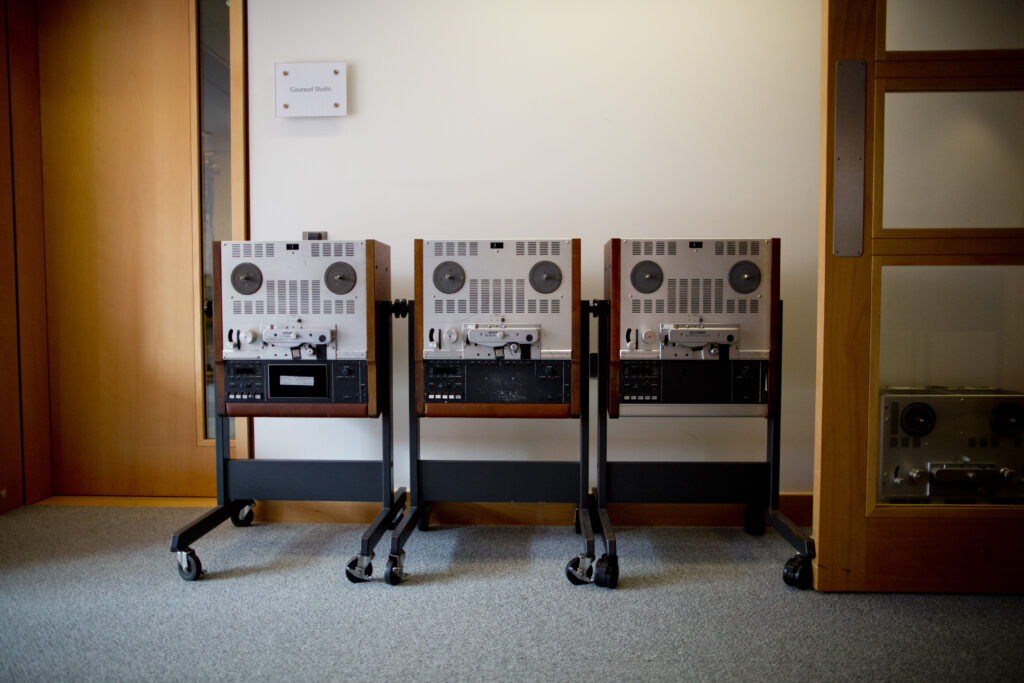
“They’ve survived quite well,” understates Andy. “We’ve got four and half thousand of these commercially issued ones and a similar number of home recorded ones. They were patented in 1877, the original idea was for an office dictation machine, but very quickly people saw the potential for entertainment.”
It’s a rather beautiful artifact packed in a neat cylindrical cardboard box. You can see its title, but it is secondary to the unmissable Edison Company branding. “Would you have needed an Edison cylinder player to play it on,” muses Neil, our photographer. “Like a 19th century Apple?”
A quick squirt past the enormous 16-inch broadcast discs – “They were used as a way of syndicating radio programmes in the days before tape,” explains Andy – and we’re round the corner and into shellac, or 78s, each one already digitised and catalogued and stored in a generic cardboard sleeve.
“Within about 10 years of Edison patenting the cylinder, Emile Berliner patented the disc,” explains Andy. “It was more efficient – you could get a longer recording and you had two sides which doubled the capacity. So that was the first format war. We’ve got about 200,000 78s, which is pretty amazing. We put them in our own envelopes because the sleeves were mostly generic, either relating to the label or the shop from which they were bought. We keep samples, but there’s no point in keeping them all when there’s no information directly pertaining to the actual recording.”
And so to the main attraction.
“We’ve got vinyl,” says Andy, who clearly never tires of the look on visitors’ faces when he pull his next trick. Mechanical floor-to-ceiling shelves house the collection and, with the push of button and a warning siren, the shelves, each holding some 10,000 records, slowly open up and a corridor appears down which we wander pulling out random vinyl. Oh look, The Andrew Oldham Orchestra’s 1966 album ‘The Rolling Stones Songbook’ where The Verve nabbed their sample of ‘The Last Time’ for ‘Bitter Sweet Symphony’. Near mint, current value is £120.
“In terms of LPs, we’re up to 240,000, roughly speaking,” says Andy, matter of factly. “And that’s individual copies, there’s no duplication. There’s also about 90,000 12-inch singles and 110,000 seven-inches.”
And this is just the half of it, the other half lives at the library’s Boston Spa site in west Yorkshire. We wonder if they know how comprehensive the collection is.
“It is something we’ve been trying to do,” he says, “but it’s difficult to work out the number of releases even in one year, and what percentage of those we have. We’re making some positive moves on those grounds, but it’s like trying to nail down jelly. In terms of physical releases alone the last U2 album had seven or eight variations. Does that still count as one?”
Back above ground, in a new part of the building, lie the restoration suites, which will soon be alive with sounds from the new project, having just completed work on the excellent ‘Punk 1976–78’ exhibition showing until October. Piled up on the floor, stacked in cupboards and lined up against walls, there are machines galore ready and waiting for the process to begin.
“We have lots of equipment that will play old formats,” explains Andy. “We’ve got a big cupboard full of machines they don’t make anymore, which is another reason why we’ve got to digitise now. In 10 years’ time we won’t be able to get the machinery of this standard to get the signal off the media coming in.”
Save Our Sounds aims to digitise and publish many rare and unique sounds from their own collections and those from around the UK which are most at risk, including local dialects and accents, oral histories and previously unheard musical performances and plays, and vanishing wildlife sounds. The funding also means they can develop a national preservation network via 10 regional centres as well as run a major outreach programme to schools and communities to celebrate the UK’s sound heritage and raise awareness of a treasure trove of living history held in archives across the country.
“A big part of Save Our Sounds is to make people aware that all those old tapes you’ve got up in your attic, they are not going to be playable in 10 years’ time so do something about it now,” says Andy. “Talk to us.”
For more information about Save our Sounds visit bl.uk/save-our-sounds
